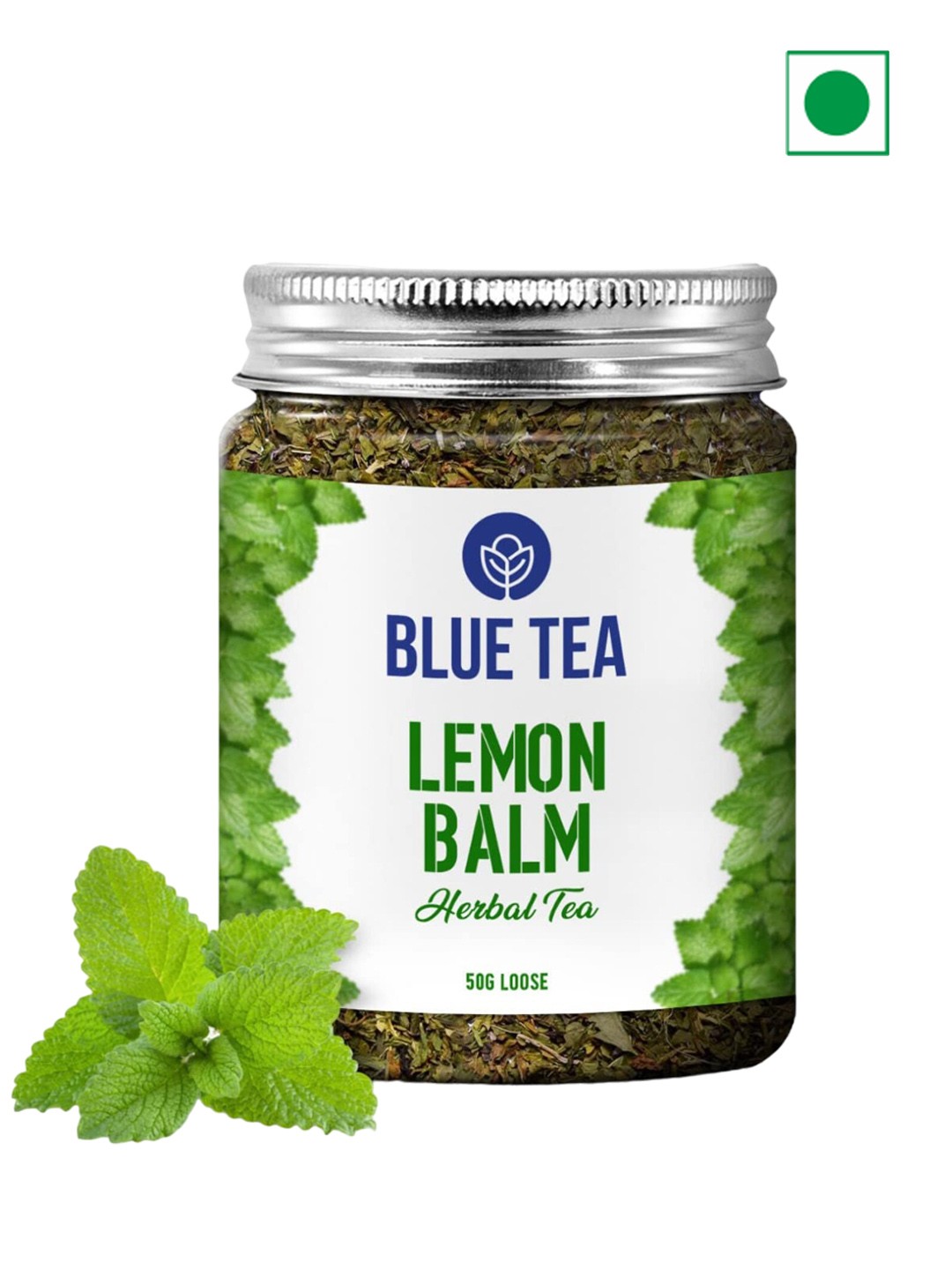Suffering From Long Flu? Here Is How Smart Sanitisation Can Protect You and Others
Long flu can leave you with fatigue, brain fog, and breathlessness for weeks. Discover expert tips on sanitising your space, from masks to disinfectants, to reduce the spread and safeguard recovery.

Persistent cough, fatigue, and brain fog are common symptoms of long flu
When the world first encountered COVID-19, the notion that a viral infection could continue to affect the body long after the acute phase had passed was unsettling. The idea of “long COVID” forced both the public and medical researchers to rethink the wider consequences of viral illnesses. But now, experts are pointing towards another under-recognised phenomenon: long flu.

Wearing a high-quality mask helps prevent the spread of flu viruses in crowded spaces.
Photo Credit: Pexels
Hospitals across the country are reporting a surge in influenza cases. For many, flu is still brushed aside as a routine seasonal nuisance - a few days of fever, cough, and body ache before recovery sets in. Yet a growing body of evidence suggests that for some, influenza's impact is not so short-lived. Instead, it lingers, leaving individuals with exhaustion, cognitive fog, breathlessness, and other debilitating symptoms for weeks, sometimes even months. This is what clinicians are increasingly referring to as “long flu”.
What Exactly Is Long Flu?
As per a new research from Washington University School of Medicine in St. Louis and the Veterans Affairs St. Louis Health Care System, unlike the typical flu, which subsides within 7 to 10 days, long flu refers to persistent symptoms that continue long after the infection has cleared. Patients report recurring cough, unrelenting fatigue, disrupted sleep, muscle soreness, headaches, dizziness, and even difficulties with concentration and memory, often described as “brain fog”.
The condition mirrors aspects of long COVID in that it interferes with daily life and recovery seems frustratingly slow. Many individuals find themselves unable to return to their routines, impacting both personal and professional responsibilities.
Why Does Long Flu Happen?

Persistent cough, fatigue, and brain fog are common symptoms of long flu.
Photo Credit: Pexels
Doctors believe the body's immune response plays a central role. Although the influenza virus itself may have been eradicated, the inflammation it triggers can linger, affecting the lungs, nervous system, and sometimes even cardiovascular health.
Some studies suggest that influenza can increase the risk of secondary complications, such as pneumonia or post-viral fatigue syndrome. Others highlight links to more serious conditions like myocarditis (inflammation of the heart). This sustained immune activity may explain why some individuals experience symptoms for months and feel far from “normal” even after testing negative for flu.
What's clear is that long flu is not just “in the head”. It is a genuine health concern that requires both medical attention and preventive measures to protect those around you.
Why Sanitisation Matters More Than Ever
If you are suffering from long flu, you are not only managing your recovery but also facing the risk of prolonged viral shedding. This means your environment, whether at home, at work, or in public, may become a hotspot for germs. Just as the COVID-19 pandemic taught us the importance of masks, hand hygiene, and surface cleanliness, these lessons hold true for influenza.
Sanitisation helps in two important ways:
- Protecting others: Preventing family, colleagues, or strangers from exposure.
- Protecting yourself: As your immune system recovers, avoiding fresh infections becomes critical.
Everyday Measures To Keep Your Space Safe

Savlon's range of antiseptic solutions can help you create a hygienic and safer surroundings
Photo Credit: Savlon
1. Masking Up
Wearing a mask when you are unwell isn't just considerate; it's scientifically effective. It reduces the release of droplets that can carry the flu virus into the air or onto shared surfaces. A high-quality five-layered mask from Savlon, tested for both filtration and comfort, can block up to 95% of airborne particles, ensuring both protection and breathability.
2. Wiping Away Germs
Our hands touch dozens of surfaces daily, from phone screens and metro poles to doorknobs and lift buttons. For someone already fighting long flu, these surfaces can quickly become transmission points. Multipurpose germ-protection wipes provide a convenient way to disinfect frequently touched items, creating a safer zone for yourself and those around you.
Savlon Germ Protection Wipes protects against 99.99% germs while removing dust and impurities. With a skin-friendly pH, these soft, gentle wipes leave you feeling fresh and clean. Ideal for hands, body, and surfaces, at home, work, or on-the-go.
3. Sanitising Surfaces Beyond Home
Long flu often means cutting down on social activities, but work, travel, or essential errands may still be unavoidable. Carrying a surface disinfectant spray can be invaluable here. Whether it's your office desk, a cafe table, or even the back of a chair in a crowded waiting room, a quick spray ensures you are not sitting in a germ-laden space.
Savlon Surface Disinfectant Spray is known to kill 99.99% germs including viruses, bacteria, fungi, and molds, helping protect your family from illness causing pathogens. It is suitable for both hard and soft surfaces, it can be used on high-contact areas like tables, chairs, doorknobs, mattresses, car seats, curtains, and more. Moreover, it leaves behind a pleasant, fresh fragrance.
Building Hygiene Habits For The Long Term
The lesson from both COVID-19 and influenza is that hygiene should not be reactive, but proactive. Masks, wipes, and disinfectant sprays should be thought of not as emergency tools but as everyday essentials, particularly during flu season.
It isn't just about protecting yourself when you're sick, it's about building a culture of cleanliness that prevents outbreaks and shortens recovery windows for everyone. Whether you are travelling, working in a shared office, or simply managing daily chores at home, maintaining a germ-free environment reduces risks of reinfection and keeps vulnerable individuals safe.
Long flu is a reminder that influenza is far more than “just the flu”. Its after-effects can be long-drawn and deeply disruptive. While medical guidance and rest remain vital for recovery, sanitisation habits provide an extra shield, keeping both you and your environment healthier.
From high-filtration masks to on-the-go disinfectant wipes and surface sprays, these small steps form a big defence. As flu season continues to intensify, such practices are not just advisable; they are essential.
More Everyday Sanitisation Products
1. Savlon Herbal Sensitive Germ Protection Liquid 90% Natural Origin Hand Wash Pump Dispenser
2. Savlon Antiseptic Disinfectant Liquid, Personal And Home Hygiene Antiseptic Liquid
3. Savlon Multipurpose Disinfectant Cleaner Liquid
4. Savlon Clothes Disinfectant And Refreshing Spray FB
5. Savlon Glycerin Soap Bar With Germ Protection
Frequently Asked Questions (FAQs)
1. What is long flu and how is it different from regular flu?
Long flu refers to persistent symptoms like fatigue, cough, and brain fog that continue for weeks or months after the initial flu infection, unlike regular flu which usually resolves within 7–10 days.
2. How long can long flu symptoms last?
Symptoms can linger anywhere from a few weeks to several months, depending on the individual's immune response and overall health.
3. Can sanitisation really help with long flu?
Yes. Sanitising your surroundings lowers the risk of spreading the virus to others and helps protect you from reinfection while your body is still in recovery.
4. What surfaces should I disinfect most often if I have long flu?
Frequently touched items such as doorknobs, phones, laptops, work desks, light switches, and public transport handles should be regularly sanitised.
5. Is wearing a mask necessary if I'm recovering from flu?
Yes. Wearing a well-fitted, multi-layer mask reduces the release of droplets that carry the virus, protecting both you and those around you.

























